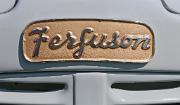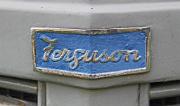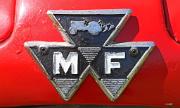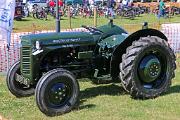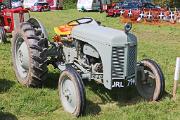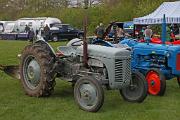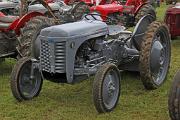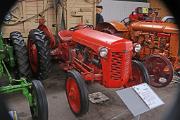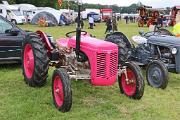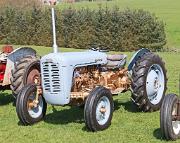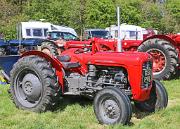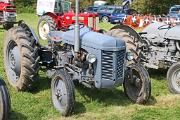
Ferguson TE20. Harry Ferguson pioneered many features of the iconic tractor, which he patented as the 'Ferguson System'. This involved linkages for attaching implements. David Brown of Huddersfield built the first Ferguson Type A tractors from 1936-39 (and subsequently established a line of David Brown Tractors). From 1939 to 1947 Ford manufactured some 'Ford Fergusons' in Detroit. In 1946 the Standard Motor Company started to manufacture the grey Ferguson TE20 with Vanguard engine, and the export TO 20 with a Continental engine
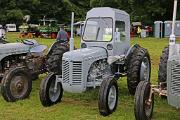
Ferguson TEF20 1953 Speedifit. Fitted with Clydebuilt Speedifit Cab from Innes Walker Engineering, Paisley, Scotland.
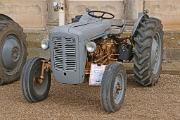
Ferguson FE35 1957. Powered by a Standard 2.3-litre 4-cylinder diesel engine. The FE35 was launched in 1956 with 'Ferguson' badges but in about 1959 was being badged 'Massey Ferguson' after the merger of the two companies
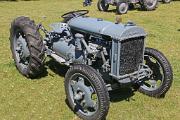
Ferguson-Brown Model A. Designed by Harry Ferguson with his patented 3 point hydraulic linkage for implements. This was produced at Huddersfield by David Brown from 1936-38 until disagreement. Power came from a Coventry-Climax Type E engine, or later a David Brown 2,010cc 4-cylinder petrol
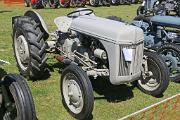
Ford-Ferguson 9N 1939. After falling out with David Brown, Harry Ferguson and Henry Ford shook hands on the production of a Ferguson system tractor to be built by Ford using their engines
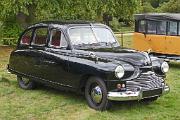
Standard Vanguard Phase I. Walter Belgrove's streamlined design launched in 1948 was based on a 1940s Plymouth
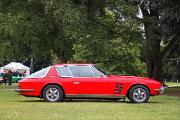
Jensen Ferguson Formula
Jensen FFII 1971 powered by 6,276cc Chrysler Hemi V8 and driving through a Ferguson Formula four-wheel drive system, by Ferguson Research Ltd.
